13 Stories That Prove Kindness Is the Quiet Superpower We All Share

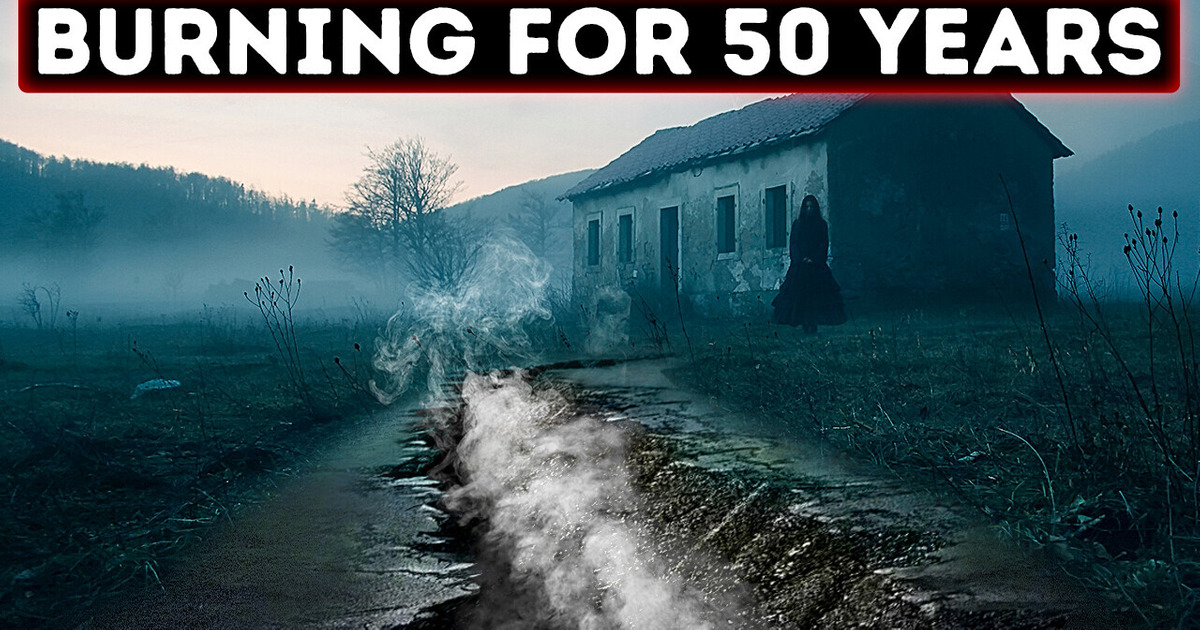
Let’s start our journey with one of the most famous and scary vanished villages. It’s located in India, in the district of Rajasthan. This is Kuldhara Village. Unlike other abandoned places, this one is difficult to get to because the locals won’t want to take you there.
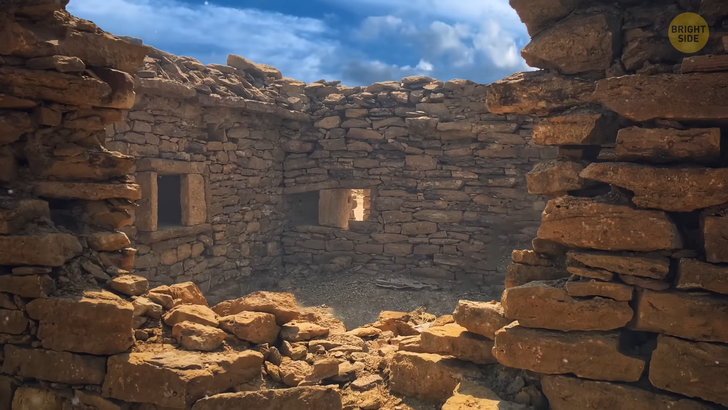
People are afraid of this place and try to avoid it. You can get a taxi and drop off near this spot. The driver will tell you where to go. You won’t find any traces of civilization nearby. The village is located in a hot desert area. But when you get close to it, you’ll feel an unpleasant chill down your back.
You won’t find any vegetation because of the heat. There are only ruins of buildings and sand-covered roads. It seems as if you’re walking through the excavations of an ancient city. But Kuldhara is not so old. It only vanished in 1825. Before this time, the village had been thriving.
It was almost a town consisting of many small settlements united into communities. Residents were busy with agriculture there. Plus, they went mining and extracted valuable gypsum rocks and minerals. But suddenly, everything changed overnight.
For some unknown reason, people abandoned their homes and ran away. No one knows why, and no one has ever seen the residents again. Locals living in the nearest areas are sure that this place is cursed, so they never come close to it. They think this is the center of power from the other world.
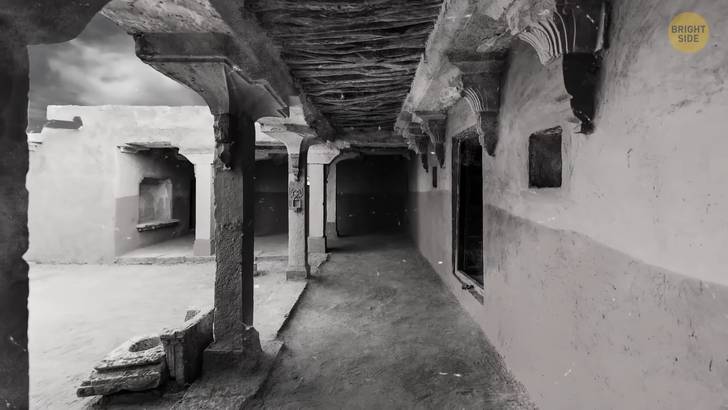
Some people feel sick here, others claim to see phantoms, and others experience irrational fear. But tourists like to go there. The simplest and least scary version says that people left the village because of the lack of water. Still, this version seems weird — if there had been a lack of water, people would have planned the change of location instead of running away in a hurry.
The second version is way more mystical. There’s a legend that one cruel ruler collected large taxes from this community. He fell in love with the daughter of the Kuldhara chief and threatened that he would collect higher taxes if the girl refused to marry him. He gave her one day to make a decision. None of the residents agreed with such a requirement.
As a sign of solidarity, they decided to leave the village. Those who don’t believe in all these rumors can spend a night in a tent there. Chances are, you’ll hear someone screaming or feel someone walking and knocking on your tent — just kidding.
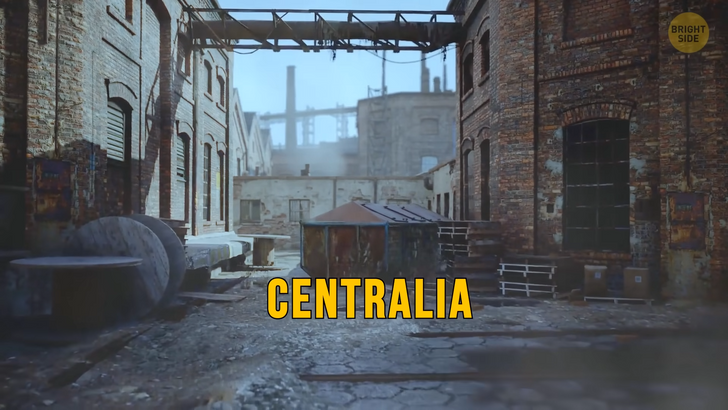
Our next village is in the US, in the state of Pennsylvania. More precisely, it’s not even a village, but a borough called Centralia. This place looks totally lifeless: burned trees, dried grass, empty buildings. Almost all the roads here have huge cracks. People sprinkled them with gravel to decrease the amount of thick smoke that’s pouring from the ground all the time.
This abandoned place has been burning for more than 50 years. No wonder this place reminds of something — the authors of the horror game Silent Hill got inspiration from this town. Centralia was a mining town with shops, cafes, libraries, and happy residents. People worked in the mines to get anthracite coal. They used one of the underground tunnels as a landfill for garbage. And then, in 1962, according to the popular version, they decided to get rid of garbage by burning it.
The plan failed. As soon as the garbage caught fire, it spread throughout the mine. Then, all mining work in the town stopped because of the increased level of carbon dioxide. Residents didn’t manage to extinguish the fire, and it started to spread underground throughout the whole city. Roads began to heat up, the soil got poisonous. Thick smoke slowly filled the streets. People were evacuated from this place.
By 1992, Centralia was completely abandoned. The town looks ominous, and some people believe it’s not just because of the fire. They believe not all people managed to evacuate, and their phantoms are still walking through the burning streets, waiting for someone to finally put an end to this eternal fire.
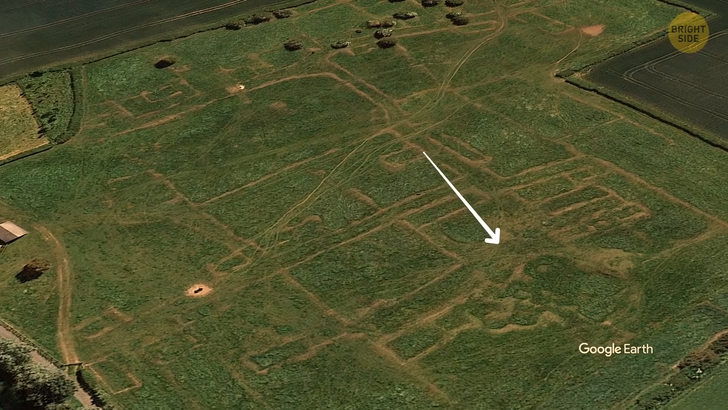
Just imagine a prosperous, beautiful village where people do agriculture on fertile land and bake delicious bread. And then, bang, everything disappears! There were only traces on the ground and a couple of bricks left from beautiful stone houses, mills, and chapels. Huge fertile fields became abandoned. And no one knows why.
Welcome to the English village of Gainsthorpe in Lincolnshire, or rather what’s left of it. From above, you’ll see earthen ramparts on a grassy field, the outlines of roads, sunken hollows, and barely distinguishable contours of the walls of houses and barns. If you come here, you may not even notice the traces of the village. It’s just an unusual green field, but in the 17th century, life was thriving here. Let’s try to solve this mystery.
The first mention of this place dates back to 1086. I wasn’t around then. Since that time, it was prospering. There were about 19 fertile fields, a chapel, a mill, a bridge, and a manor house where the lords lived. In total, there were about 25 buildings. From the records dating to the 16th century, you can find that quarries appeared in the village. That is, this place not only got wealthy but also kept pace with progress. Then, by 1616, the village had become completely abandoned.
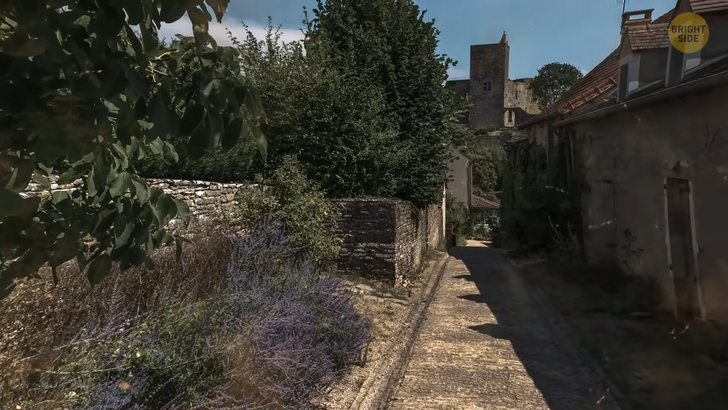
Scientists are still looking for an answer to this question. Some believe that something terrible and mystical happened to the village. One of the main hypotheses explaining what happened is the plague.
Another version is that Gainsthorpe still couldn’t catch up with progress. In the 17th century, there was a transition from rural to urban life. Industrialization had begun. Many young people left their native villages to search for a better life.
Some believe that groups of robbers and thieves settled in the village. They turned Gainsthorpe into their base and eventually plundered it all. The exact reason is still unknown. But the good news is that theoretically, the village can be returned. Specialists can reconstruct the ruins and recreate agriculture. The hardest part, though, is to find funding.

A similar fate befell the small village of Achill Island, Ireland. About forty simple houses made of clay and straw were located along the valley washed by Keem Bay. And it was just a fantastic place to live. Coast, mountains, crystal clear water, and rich soil. The village was founded in 1838.
Now there are several mounds of ground and small pieces of walls left of it. Locals living in neighboring settlements don’t remember this village. Or maybe they know something, but don’t want to say anything to anybody. Only travel writers described it in their diaries as a place of serene beauty.
Many towns nearby still exist, but why did this one disappear? An inexplicable phenomenon that sweeps entire villages off the face of the earth? An unknown mystical scary force? If there is nothing fantastic about this village’s disappearance, then why don’t people build any new houses here? Perhaps, they’re afraid of something. So, the local archaeological school students decided to find the answer to this question. They started excavating the village in search of clues.
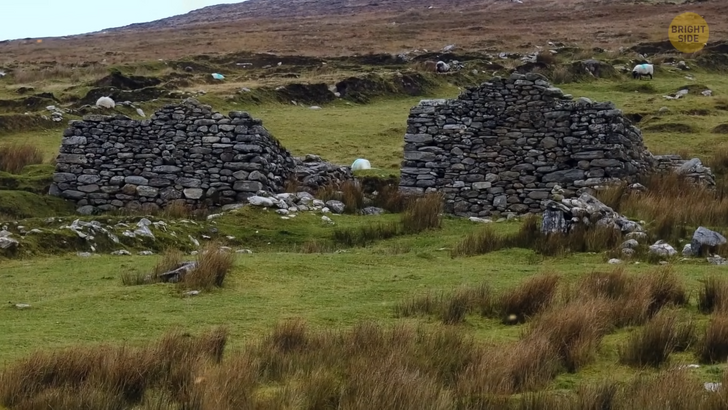
They found out that some kind of trouble happened to this place in the middle of the 19th century, but it’s not known exactly what. At that time, a terrible period of famine came. Perhaps, people simply left their homeland to find food elsewhere. Anyway, work on excavation continues, and the students intend to uncover the truth.
In the 20th century, more and more villages became abandoned all over the world. The main reason is the relocation of residents. Young people don’t want to live away from the modern world. But older adults can’t leave their native place, so they stay there as the last residents, and then, several years later, when they have um, “bought the farm” so to speak, villages get abandoned.
Another problem is access to medicine. In some places, people have to drive tens and hundreds of miles to the nearest doctor. But many villages are still thriving. Some towns receive more funding and have developed agricultural businesses. Besides, not everyone likes city life. Often, city administrations specifically distribute free land to people in rural areas so that they can build houses there.











